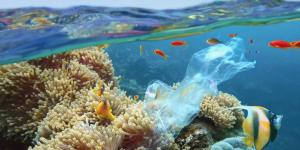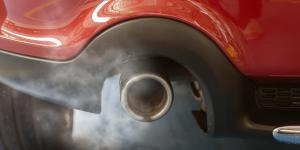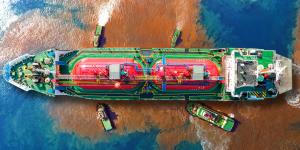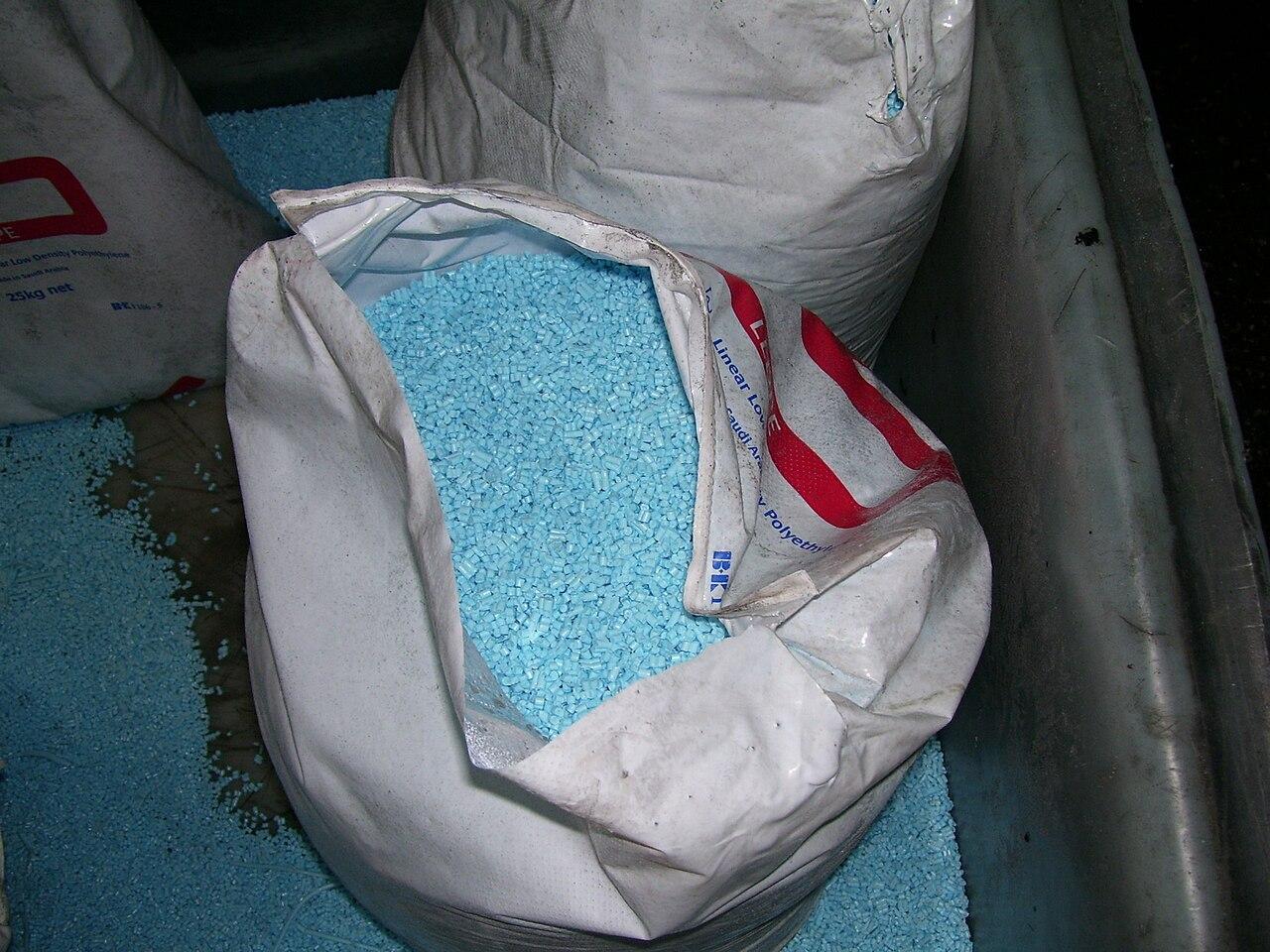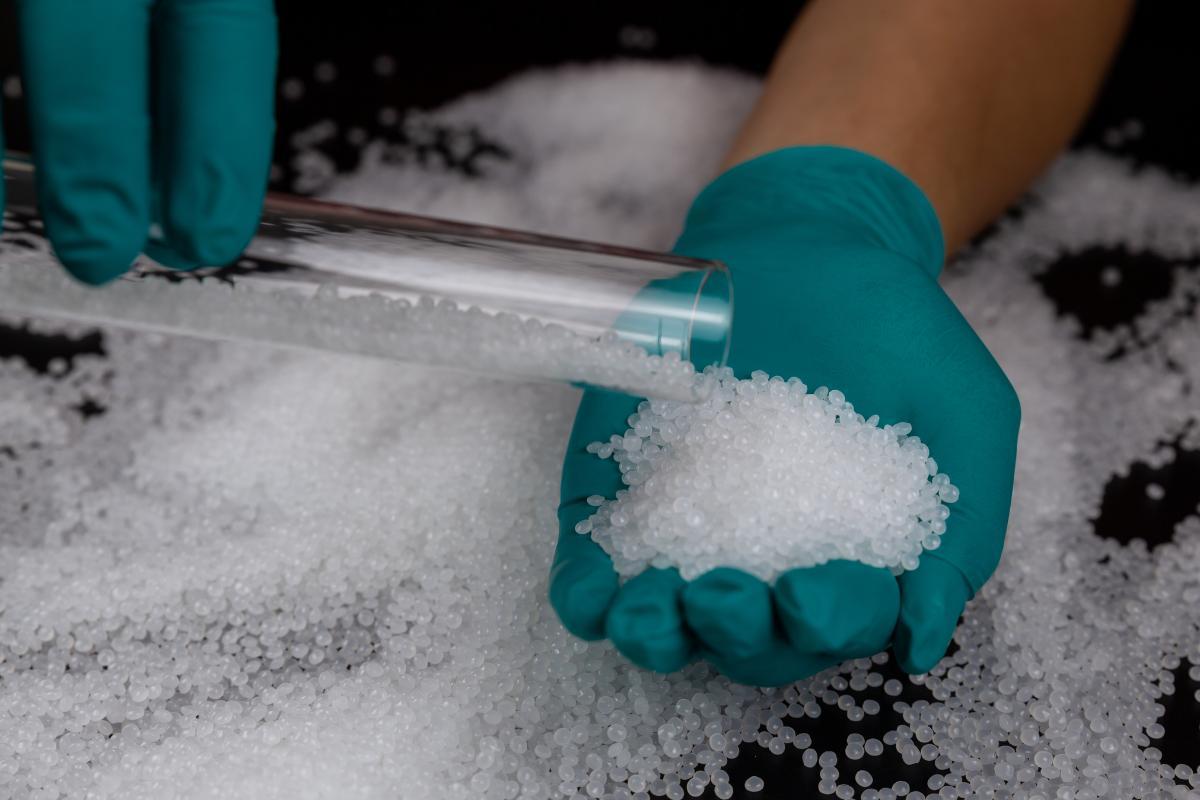Why Are Plastic Pellets Bad for the Environment?


Plastic pellets, also known as nurdles, serve as the raw material for countless plastic products, from bottles and toys to textiles and medical equipment. Their manufacturing and transportation, however, pose a silent threat. Spills, leaks, and improper disposal lead to nurdles infiltrating waterways, coastlines, and ultimately, oceans.
The following article by thedailyECO examines the definition of plastic pellets, their manufacturing process, uses, and the environmental hazards they present.
What are plastic pellets or nurdles?
Plastic pellets, often referred to as nurdles, are tiny beads of raw plastic material, typically around 1 to 5 millimeters in diameter. These pellets are made from various polymers like polyethylene (PE), polypropylene (PP), or polystyrene (PS), and their uniform size and composition make them versatile for manufacturing processes.
These tiny beads of raw plastic material form the backbone of modern manufacturing processes, providing the essential starting point for the creation of diverse goods. From everyday essentials to cutting-edge innovations, plastic pellets are integral to the production of packaging materials, automotive components, consumer goods, construction materials, healthcare products, textiles, and much more.
Their versatility, consistency, and ease of processing make them indispensable in meeting the demands of a wide range of applications across various sectors. In essence, plastic pellets serve as the cornerstone of industrial production, driving innovation, efficiency, and economic growth in countless industries worldwide.
However, it is important to note that nurdles pose environmental threats through spills during transportation, storage, or handling, and improper disposal of manufacturing waste. These microplastics contribute to marine pollution, endangering wildlife by ingestion and posing potential health risks to humans as they enter the food chain.
Learn more about the seven different types of plastic that exist in this other article.

What are plastic pellets used for?
Nurdles or plastic pellets serve as the building blocks for a vast array of plastic products we encounter daily. Let's explore some of their key applications:
- Injection molding: nurdles are melted and injected into molds to produce a vast array of plastic products, such as bottles, containers, toys, automotive parts, and electronic components.
- Extrusion: they can be melted and extruded through a die to form continuous shapes like pipes, tubing, sheets, and films.
- Blow molding: nurdles are melted and then inflated into a mold to create hollow products such as bottles, containers, and other packaging materials.
- Thermoforming: in this process, heated nurdles are formed into specific shapes using molds, commonly used for items like food containers, trays, and packaging.
- 3D Printing: some types of 3D printers use plastic pellets as feedstock to create three-dimensional objects layer by layer.
- Laminating: nurdles can be melted and applied as coatings or laminates onto various substrates, providing protective or decorative finishes.
- Textile manufacturing: certain types of synthetic fibers, fabrics, and textiles are produced using plastic pellets as the raw material.
These are just a few examples of the many uses of plastic pellets in industrial processes.
How are plastic pellets made?
Plastic pellets undergo a complex process from raw materials to their final, usable form. This process involves several key steps, each contributing to the diverse properties and applications of these versatile materials.
The transformation begins with polymerization, where individual monomer units link together through chemical reactions. This often occurs in large reactors under controlled conditions of temperature, pressure, and catalyst selection.
Polymer resins may undergo compounding, where additives are incorporated to enhance specific properties such as strength, color, stability, or flame retardancy. This process utilizes techniques like mixing, blending, and extrusion to achieve the desired characteristics for different end-use applications.
Finally, the compounded polymer is melted and extruded through a die, forming long strands of molten plastic. These strands are rapidly cooled and chopped into small, cylindrical pellets using a pelletizer. The uniform size and shape of these pellets are crucial for consistent performance and efficient processing in downstream applications.

Why are plastic pellets bad for the environment?
Plastic pellets play a vital role in manufacturing countless plastic products we use daily. However, their widespread use masks a significant environmental threat due to their prevalence and persistence.
Nurdles are susceptible to escaping into the environment throughout their lifecycle – from production facilities and transportation to storage and handling. This inadvertent release leads to their accumulation in waterways, coastlines, and oceans, exacerbating the global issue of plastic pollution. It is estimated that 236,000 tons of nurdles entering the ocean annually.
Their minute size and buoyancy make nurdles particularly challenging to remove from the environment, amplifying their negative impact on marine ecosystems. Mistaken for food by marine animals, nurdles are often ingested or cause entanglement, leading to malnutrition, injuries, and ultimately, death.
While recycling offers a crucial solution to mitigate plastic waste, nurdles present unique challenges. The diverse mixture of plastic types, additives, and contamination levels complicates the sorting and processing required for effective recycling. This complexity makes the process economically and technically demanding.
How to prevent plastic pellet pollution
The pervasive environmental threat posed by plastic pellet pollution mandates a comprehensive and collaborative approach involving diverse stakeholders, from industry leaders to policymakers and consumers.
Industries must adopt robust BMPs that minimize leakage risks throughout the production, transportation, and handling of plastic pellets. This necessitates implementing stringent containment measures, utilizing spill-proof vessels, and conducting regular inspections to identify and address potential pollution sources.
Secure packaging, proper cargo securing, and adherence to speed limits and traffic regulations are crucial for transportation companies to mitigate spill risks during transit.
Manufacturers must implement comprehensive waste management strategies to ensure proper disposal and recycling of plastic pellets and manufacturing waste. This involves effective segregation of plastic waste, investment in recycling infrastructure, and collaborative partnerships with recycling facilities to maximize pellet recycling and reuse.
Governments play a critical role in establishing and enforcing stringent regulations for preventing plastic pellet pollution and holding manufacturers accountable for environmental damage. This necessitates implementing strict pollution control standards, conducting regular inspections, and imposing penalties for non-compliance.
For more information on the causes, consequences, and solutions to plastic pollution in the oceans, read this other article.
If you want to read similar articles to Why Are Plastic Pellets Bad for the Environment?, we recommend you visit our Pollution category.
- Karlsson, T., Brosché, S., Alidoust, M., & Takada, H. (2021). Plastic pellets found on beaches around the world contain toxic chemicals.
- Lavayen Villamar, KJ (2021). Microplastic and sea pollution (Bachelor's thesis).
- J. Cabré. (January 10, 2024). Diary of Tarragona. Pellets from Tarragona regain prominence thanks to the discharge from Galicia. Available at: https://www.diaridetarragona.com/costa/los-pellets-de-tarragona-recuperan-protagonismo-gracias-al-vierte-de-galicia-EA18180073


